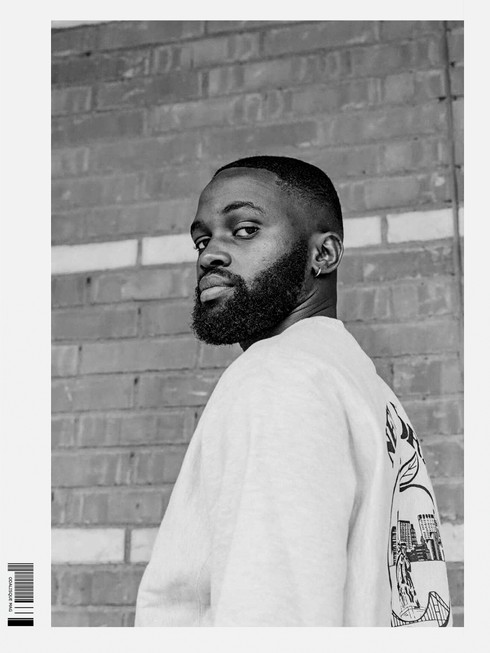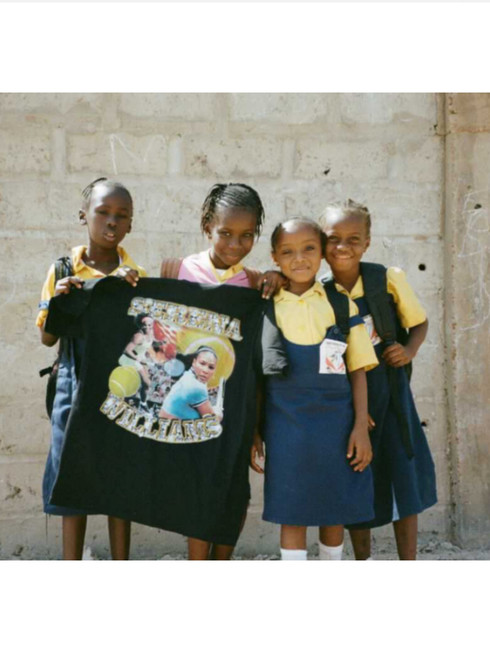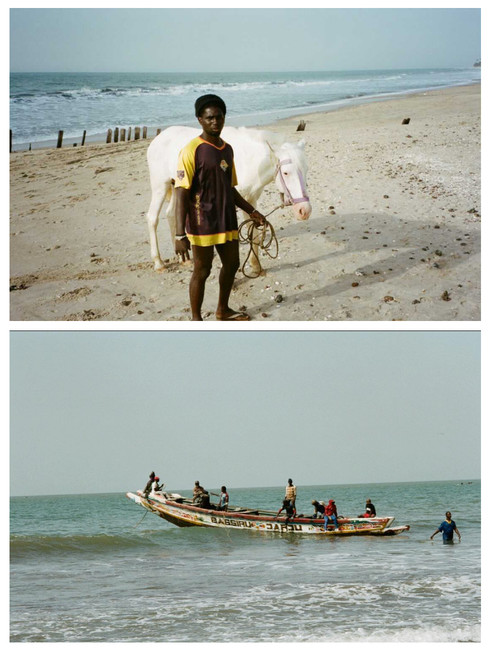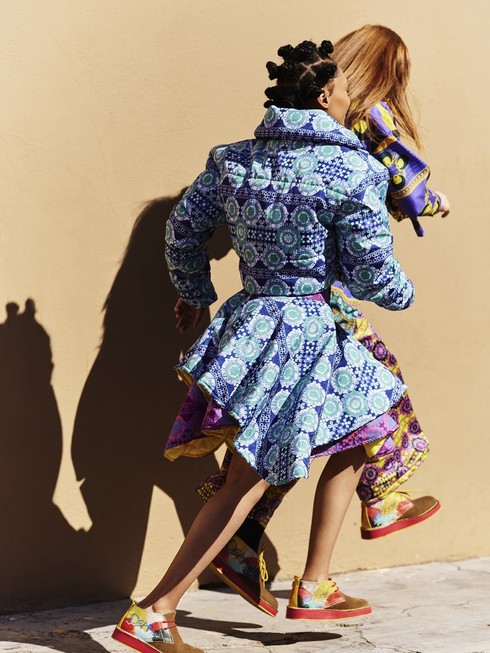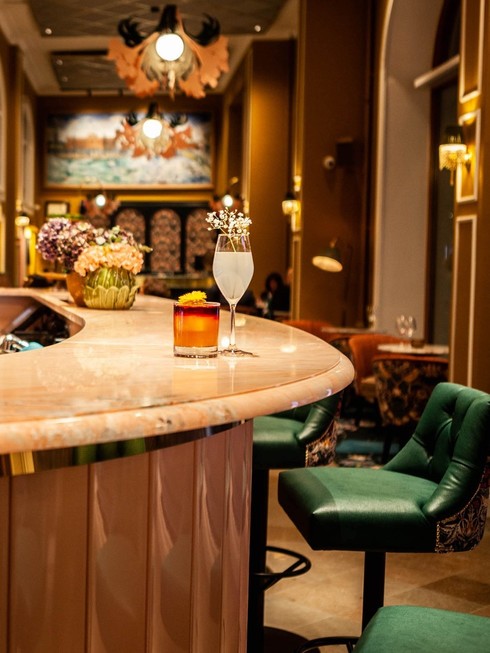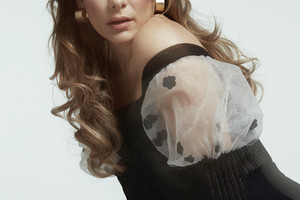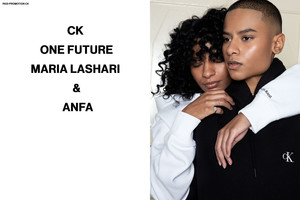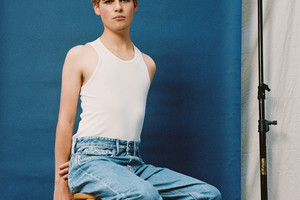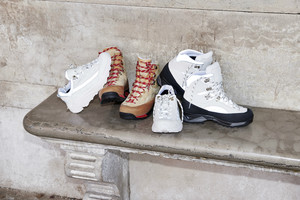The rise of Hawsoon Jobe and Port Au Mansa
Written by Yasmine MubarakHaving worked in the shadows for years, crafting the dream of a fragrance. Many of us now know the name Port Au Mansa, the distinctive fragrance brand crafted in the suburbs of Stockholm, latest showcased in a project at Fotografiska and the British Embassy.
But it took time to get there, instead, the founder Hawsoon Jobe, focused on his studies and experiencing the world - gathering knowledge and inspiration. Now he is on the rise, and the support is huge. This brand is not about the look, but the scent - don’t judge the book by its cover.
Let’s begin with the classic question, how would you describe yourself?
I would describe myself as a creative and curious individual who expresses myself through my art. Always with a warm heart.
Some time ago you moved back home to Stockholm, after living abroad, in for example London. How was that?
Living in London was a great experience. I felt inspired every day by all the different cultures and seeing young creatives, especially people of color, creating their own waves without compromising their art. I also had the amazing opportunity to live in New York City and San Francisco during my studies, where also there seeing young creatives not compromising their art.
‘’..I felt like living in a place like London, you can be true with your expressions.’’
How would you compare for example London’s community for artists compared to, Stockholm?
I felt like living in a place like London, you can be true with your expressions and admired for it. You don't have to follow a certain formula in contrast to Sweden, where people often dismiss something they're not familiar with.
Living abroad, getting exposed to new environments – did you learn anything that changed you?
I learned a lot about myself navigating through hard times and just exposing myself to new environments. At the same time, I feel living abroad demolished my fear of anything – making me braver. It changed me a lot, I had to step out of my comfort zone and understand that normality is subjective depending on where you are in the world. Also getting exposed to different cultures made me widen my horizon. That I am much grateful for.
‘’..I took a photo in The Gambia, of young black schoolgirls holding a t-shirt of tennis star Serena Williams. That photo just speaks to the magnitude of having role models that look like you. It means a lot to me.’’
.
For the people who follow you, photography seems close to your heart. I can personally say you take inspiring pictures, what does it come from?
Thank you so much! Photography is close to my heart; I feel like it’s the only format where time stops. When you see an image, you literally go back in time to that exact moment mentally.
If you could choose one of your photos to tell us about, which one would it be?
The photo that I’ve captured that’s special to me, is the one that I took in The Gambia of young black schoolgirls, holding up a t-shirt of tennis star Serena Williams. That photo just speaks to the magnitude of having role models that look like you. It means a lot to me.
Creating the brand focusing on scents, what was most important?
The importance of creating Port Au Mansa was to be authentic to myself and bring people to my world, instead of me adapting to their world. Not to mention, make sure I bring my community with me, through my journey. Since they were the first ones to support and embrace me.
What does it mean for you to have support?
For me, it means a lot – having the support from day one, even when they can’t see the result instantly, but they believe that you will get there one day. Hopefully, when people see the brand, they will get inspired to pursue their dreams and understand that the world is their oyster. The days of the gatekeepers are over.
''The days of the gatekeepers are over.''
Tell us about the inspiration behind the brand?
The inspiration comes from my surroundings and the gems that I picked up from living overseas, and the books I’ve read which is showcased in my storytelling.
Working with the fragrances, what's your inspiration?
Working with fragrance, for me, is all about keeping it simple and making sure it smells astonishing. Often, when I create a scent I might think about a particular color, song, or place that want the scent to reflect.
Is there a fragrance you are most proud of? And wish everyone could smell?
The scent, that I think everyone needs to smell, is Shinjuku and Bamboo. You will never find a scent like those anywhere.
What's the perfect scent to get for spring?
The perfect scent for spring is Dead Presidents, 432 Hz and Sweet November.
What's next for Port Au Mansa?
During the Fotografiska x British Embassy presentation, I was able to introduce the scents of Port Au Mansa to a new crowd which was amazing, and present a short film that I have done with my friend Ronson who is a videographer. Both these things made me believe we can broad the horizon.
The next for the brand is to establish myself as a self-proclaimed business taking over the world without compromising.
Where do you wish, everyone could travel to (if they could)?
I wish everyone could travel to Anguilla in the Caribbean. It looks like paradise on earth. I haven't been there myself but hopefully soon.
Get to know the brand closer at Portaumansa.com

